Getting ready to install suspended ceiling in basement. What are the nails of choice when fastening the perimeter grid around the walls.?
Discussion Forum
Discussion Forum
Up Next
Video Shorts
Highlights
"I have learned so much thanks to the searchable articles on the FHB website. I can confidently say that I expect to be a life-long subscriber." - M.K.
Fine Homebuilding Magazine
- Home Group
- Antique Trader
- Arts & Crafts Homes
- Bank Note Reporter
- Cabin Life
- Cuisine at Home
- Fine Gardening
- Fine Woodworking
- Green Building Advisor
- Garden Gate
- Horticulture
- Keep Craft Alive
- Log Home Living
- Military Trader/Vehicles
- Numismatic News
- Numismaster
- Old Cars Weekly
- Old House Journal
- Period Homes
- Popular Woodworking
- Script
- ShopNotes
- Sports Collectors Digest
- Threads
- Timber Home Living
- Traditional Building
- Woodsmith
- World Coin News
- Writer's Digest
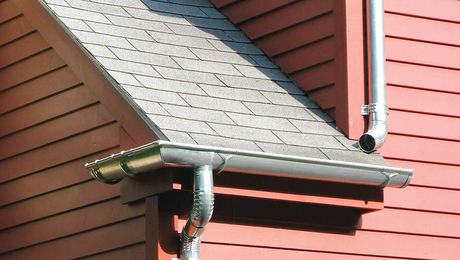


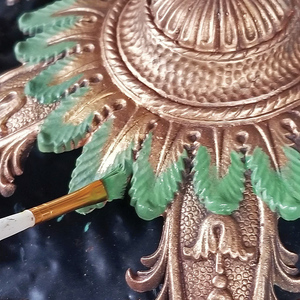
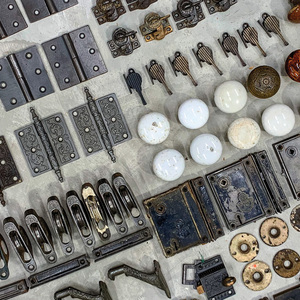
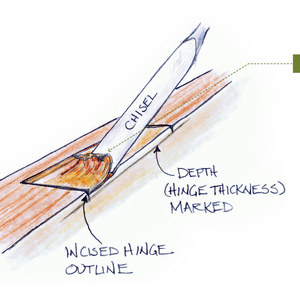







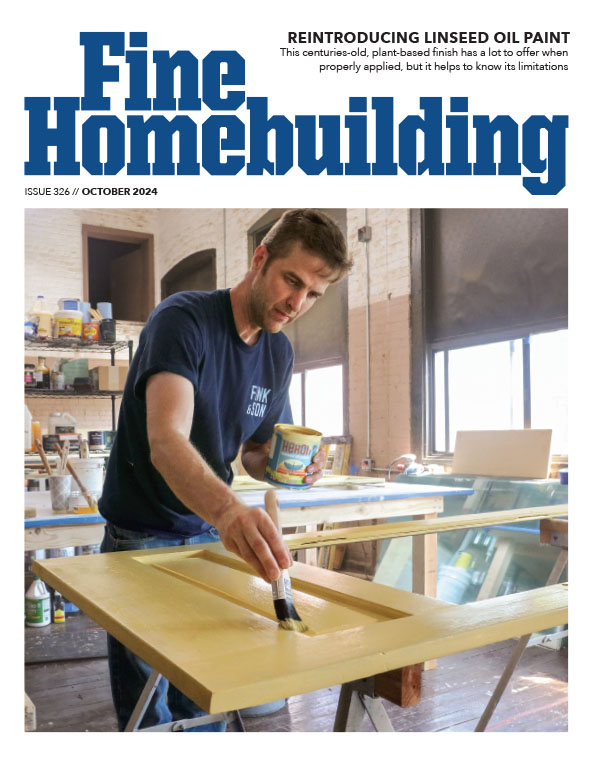





Replies
I have used self taping sheet metal screws with good results.
Depends on what you're nailing to or through.
Gabe
I use 1 1/2" fine thread drywall screws through the track into wood studs.
A soul might say," I dropped by to play at being an ego.....and lo and behold I identified with my ego and forgot I was a soul!"
http://CLIFFORDRENOVATIONS.COM
Wait'll Piffen finds out.
Who ever invented work didn't know how to fish....
Agree with Gabe. What are you nailing it too.?
through 1/2" drywall into spf studs.
Drywall nails.
Dave
20d hot dip galvanized, ring shanked spikes!
SamT
Heck, I use SR nails.
Excellence is its own reward!
I use hook nails.
Who ever invented work didn't know how to fish....
Use either 1-5/8, fine thread, self tapping drywall screws, or use 1-5/8 course thread drywall screws, but with the latter, you need to pre-drill or punch a "starter hole"...that's why the self tappers are a better choice...they are quicker and easier.
I'd stay away from using nails...too easy to bang one in wrong and then you'll have a devil of a time pulling it back out. Screws help the track sit more tightly against the wall, and if you need to fine tune an adjustment with your wall angle, backing out a screw is very simple and fast to do.
Tip for the day...when marking or chalking lines for placement of your wall angle, don't place the reference line on the bottom where your angle will sit. Instead, make your mark so that the top portion of the wall angle lines up just under this mark. By doing it this way, all reference marks and chalk lines will be hidden from view once the ceiling panels are installed.
Davo
I use a PC 18ga air nailer, with the rubber bumper in place and the nose adjuster cranked back so the nails don't quite sit flush. The bulge on the head should stop right in the metal without penetrating it. You can back the pressure off a bit too, but not so much the gun won't reset. Say about 80-85 lbs.
1½" nails ought to do it through the gyprock into the studs.
Dinosaur
'Y-a-tu de la justice dans ce maudit monde?
If you ever get the chance to watch a commercial ceiling installer, they use heavy staples with unequal length legs. They drive the long leg thru the wall angle and rotate it as they go, so the long leg rides the back endge of the drywall and the short leg (about 1") is flat against the wall angle. This sucks the wall angle tight and lets them hang it without worrying about where the studs are (which are usually metal anyway).
Hook nails.
Who ever invented work didn't know how to fish....
1 1/2" fine thread DW screws
A soul might say," I dropped by to play at being an ego.....and lo and behold I identified with my ego and forgot I was a soul!"
http://CLIFFORDRENOVATIONS.COM